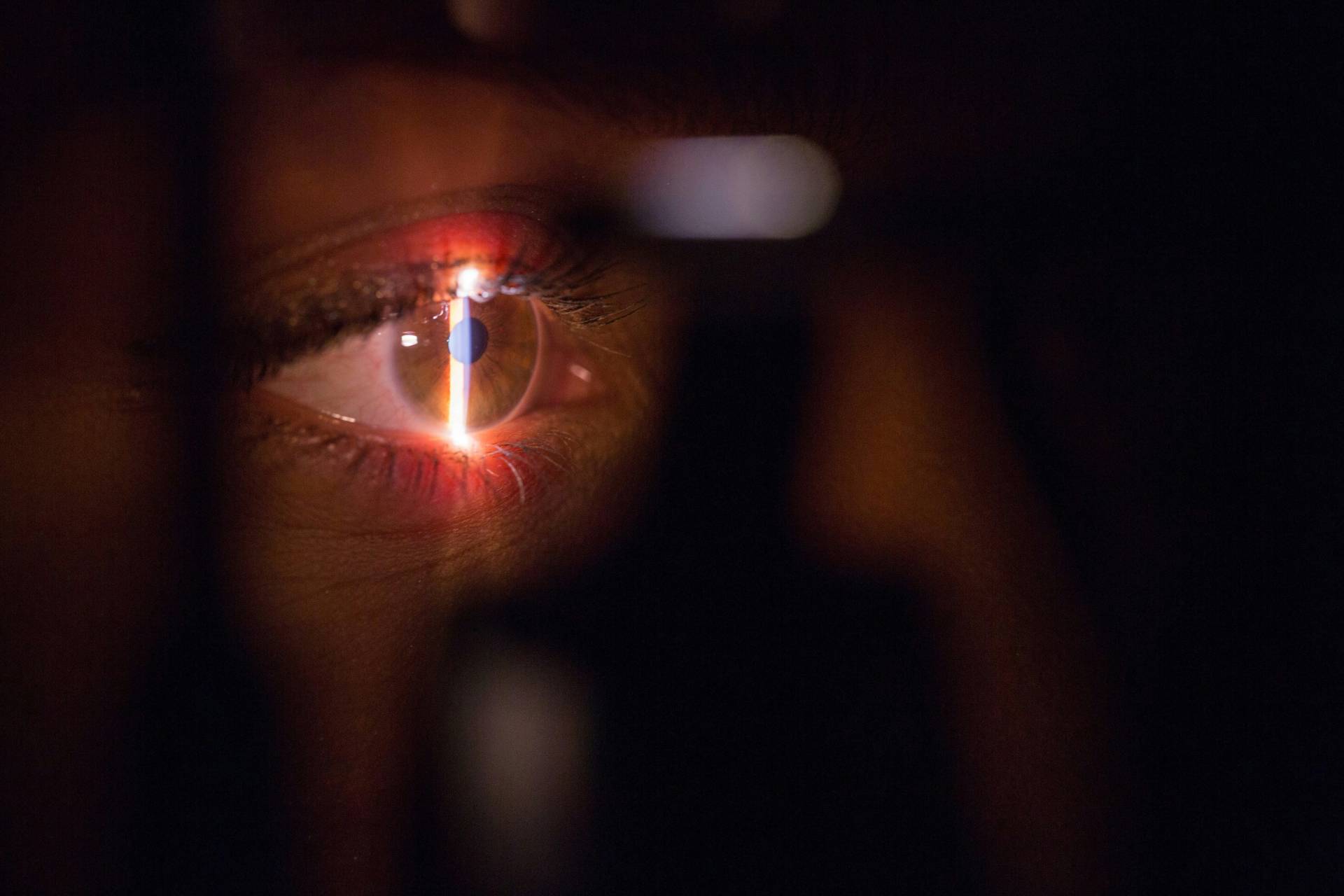Maintaining your eye health is crucial for accomplishing daily activities. Good vision allows you to do a variety of important tasks such as reading, seeing, and driving. But as we age, our eyes get further exposed to risk factors that can lead to major vision problems such as macular degeneration.
Globally, age-related macular degeneration (AMD) is one of the leading causes of irreversible visual impairment among the elderly. Around 200 million people were diagnosed with AMD in 2020, and it’s forecasted that around 288 million will be affected by the eye condition by 2040. But what is macular degeneration, how does it affect your vision, and what are the available treatments? Here’s what you need to know about AMD.
What is macular degeneration?
AMD occurs when the macula – the part of your eye responsible for central vision – is damaged due to aging. When you incur AMD, your central vision becomes blurry, making it difficult to see the things around you. AMD is clinically classified into two types: dry AMD and wet AMD.
Dry AMD, or atrophic AMD, is more common. The eye’s macula gets thinner as you age, which is why dry AMD progresses slowly throughout the years. This can happen in three stages: early, intermediate, and late. No existing treatment can cure late AMD, so be sure to always get regular eye checkups to catch AMD in its early stages. Like what we mentioned in our previous article on tips to better protect your eyes, an eye examination is necessary to see if you have vision problems like AMD that can be treated as early as possible to avoid further damage.
Wet AMD, or neovascular AMD, on the other hand, causes more significant vision loss. This occurs when abnormal blood vessels grow and accumulate at the back of your eye and cause damage to your macula. Dry AMD can transform into wet AMD when excessive blood vessels break through the barrier between the retina and choroid – the vascular layer of your eyeball – causing fluid and blood to leak.
Causes
Primary causes of AMD include aging, smoking, and other diseases like hypertension. Hypertension can increase the risk of AMD due to retinal vessels or vascular dysfunction that comes with age. Other primary factors that contribute to the occurrence of AMD are previous cataract surgery, genetics, and high body mass index.
Symptoms
Some people may experience different AMD symptoms depending on the stage. Since AMD is a progressive condition, some symptoms may worsen over time. Some of the most common AMD symptoms include blurry vision, difficulty distinguishing faces, a dark area in the center of your vision, and straight lines appearing wavy. An early sign of AMD is the presence of tiny yellow deposits in the retina called drusen, which will be visible during an eye exam. To get an accurate diagnosis and earlier treatment, visiting your eye doctor regularly is always advisable.
Treatment
Since AMD patients can experience general light sensitivity, wearing sunglasses is essential to avoid exacerbating symptoms and progression. For the elderly who have AMD and other eye problems like myopia, prescription sunglasses are important to help them preserve and maximize what’s left of their vision. Fortunately, these sunglasses are readily available through online retailers. Eyebuydirect, in particular, allows you to upload your prescription and choose lens recommendations such as polarization to block harmful glare from further damaging the eyes and affecting your vision. Prescription sunnies from reputable brands like Ray-Ban and Oakley are also available on the site to help provide eye protection and vision correction for those diagnosed with AMD.
The improvement of anti-vascular endothelial growth factor (VEGF) therapies also provides better treatment for patients with wet AMD. The launch of longer-acting anti-VEGF has propelled the forecasted growth of the AMD market. Anti-VEGF is used to stabilize vision by injecting medications that reduce the damaging effects of abnormal blood vessels in wet AMD.
Meanwhile, patients with advanced AMD can use low-vision aids like magnifying lenses to maximize their visual function. More recently, the development of optical identification tools like the OrCam enables visually challenged people to understand text, recognize faces, and identify products with the help of AI-driven assistive technology. This is a game changer for people who have lost their central vision due to AMD.
AMD is an irreversible eye condition that blurs the central vision and can affect crucial tasks. Getting regular eye checkups and wearing protective eyewear can prevent any risk of developing or worsening the condition.













